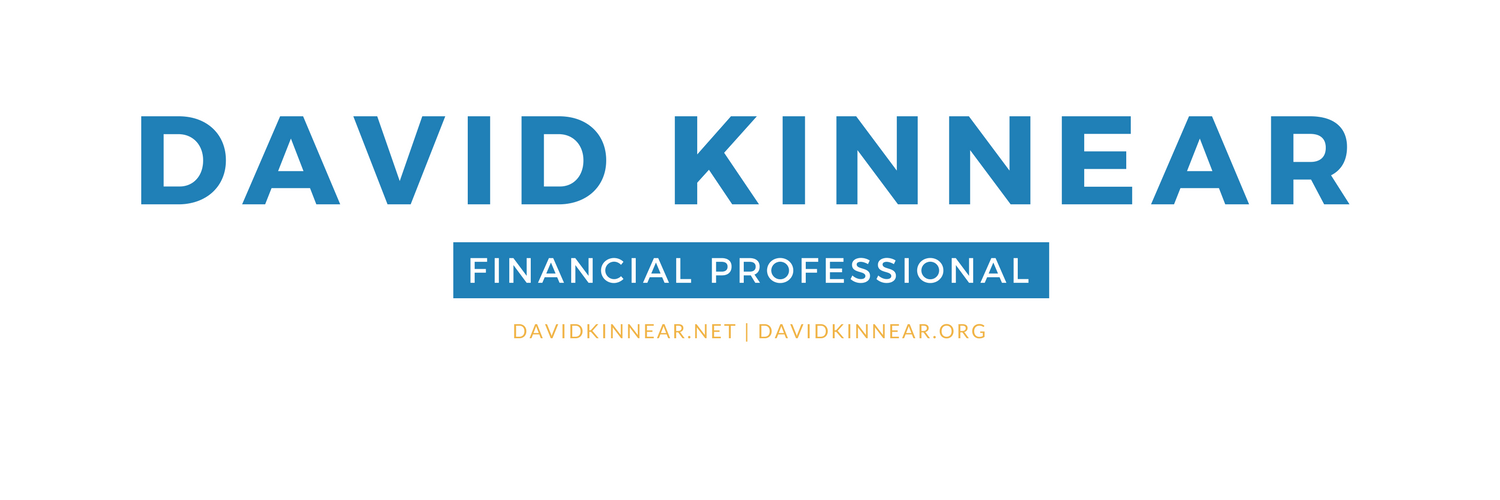In the coming decades, urban planners and policymakers will rely increasingly on smart technologies and big data to help them solve city-centric problems like aging infrastructure, pollution, and traffic congestion. Solutions to these problems and other challenges we face–climate change and access to healthcare and education, among others–hinge on the development of stronger, more functional cities.
Anticipating a future with more people and dwindling resources, many cities have begun to deploy a variety of innovative services and applications to streamline operations and improve the urban experience for local residents and travelers-by. These tech-enabled “smart cities” are looking to improve city-dwellers’ quality of life in a sustainable way and are using technology to make crowded urban centers more efficient and elegant.
Chicago is one of these pioneering cities. In August, a team comprised of leaders from the University of Chicago’s Computation Institute, Argonne National Laboratory, and the city of Chicago kicked off their exciting collaboration, an urban sensing project called the Array of Things (AoT). The first phase of the project, which saw the installation of 500 nodes throughout the streets of Chicago, is focused on measuring and collecting a variety of data on air quality, climate, and traffic, to name a few.

The design of the AoT nodes is intended to reflect the project’s goals of transparency and collaboration. (Illustration by George Joch via The University of Chicago Magazine)

Array of Things Civic Engagement Project Logo
A collaborative project two years in the making, the Array of Things (AoT) was conceived from an idea to create urban “fitness trackers” that could be positioned in a grid across the city and capture a detailed log of urban metrics and activity. The debut of the AoT smart city sensors not only positions Chicago as a trailblazer in urban data analysis, but it also makes the city an important guinea pig in evaluating the impact that open access to these data sets might have on urban planning, policy, and design. As writer Joshua New explains in an editorial for the Center for Data Innovation, Array of Things represents a unique opportunity for Chicago to demonstrate the power of deploying the “Internet of Things” on an urban scale.
With the emergence of new research examining the relationship between design and the human brain, scientists and engineers have begun to develop tools to improve the human experience. In the latest issue of PLoS One, researchers from MIT’s Media Lab present a new online tool that examines city dwellers’ emotional responses to their environments.
Discussing his research, César Hidalgo, the professor who led the MIT Media Lab study, says that “measures of subjective impressions are most interesting” when they are used for means beyond that of a proxy for more quantifiable data. “Income inequality is invisible if it’s in a bank account,” Hidalgo says. “But if it’s expressed in assets, as homes and cars, it
As we gain greater insight into the power our physical environment has over us, design is increasingly being leveraged to achieve specific outcomes, or to create certain moods. This interdisciplinary approach–merging cutting-edge technology with innovative knowledge about psychology and aesthetics–is quite promising. Approaches like these have the potential to improve urban life while making our cities more resilient and functional.







Leave A Comment